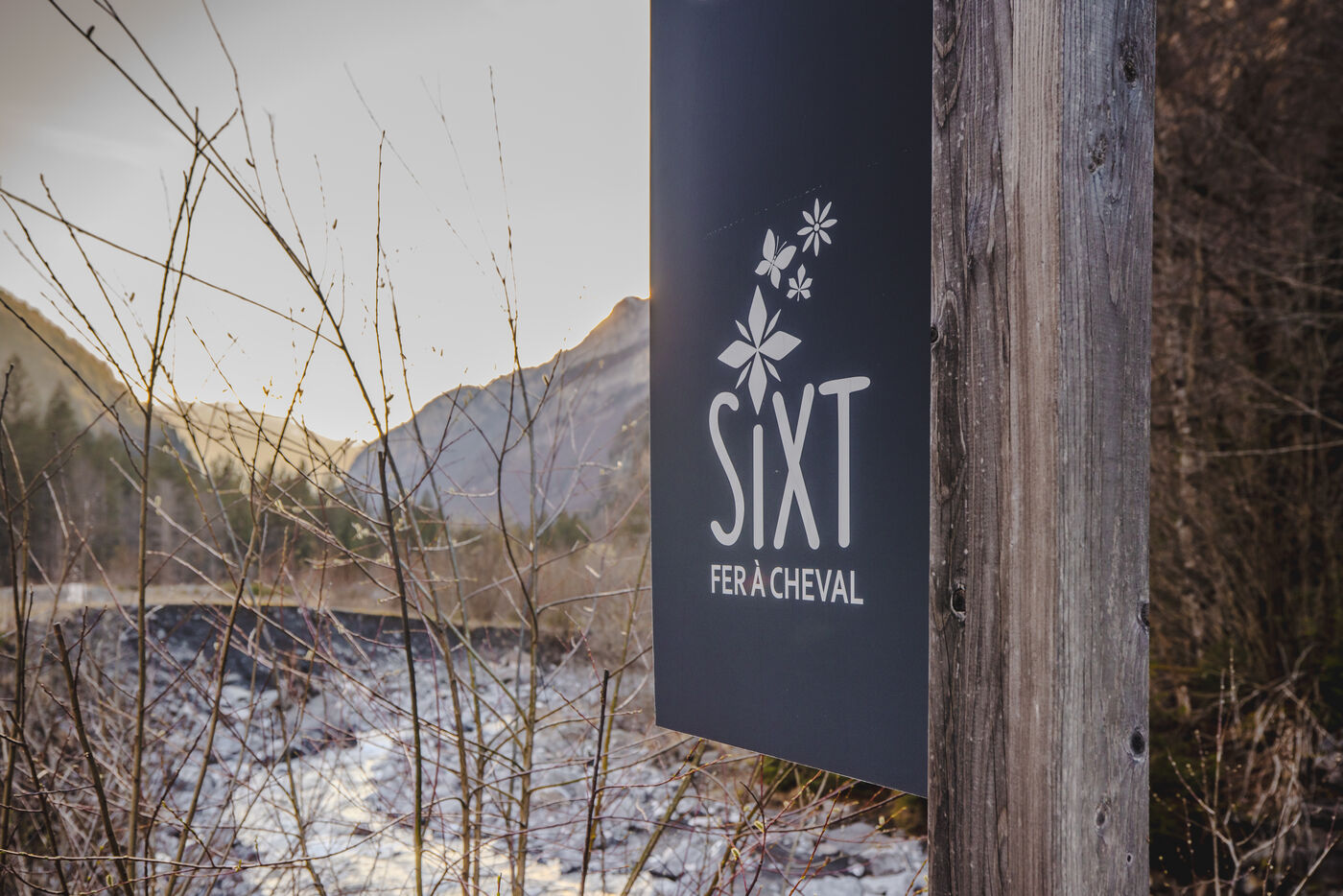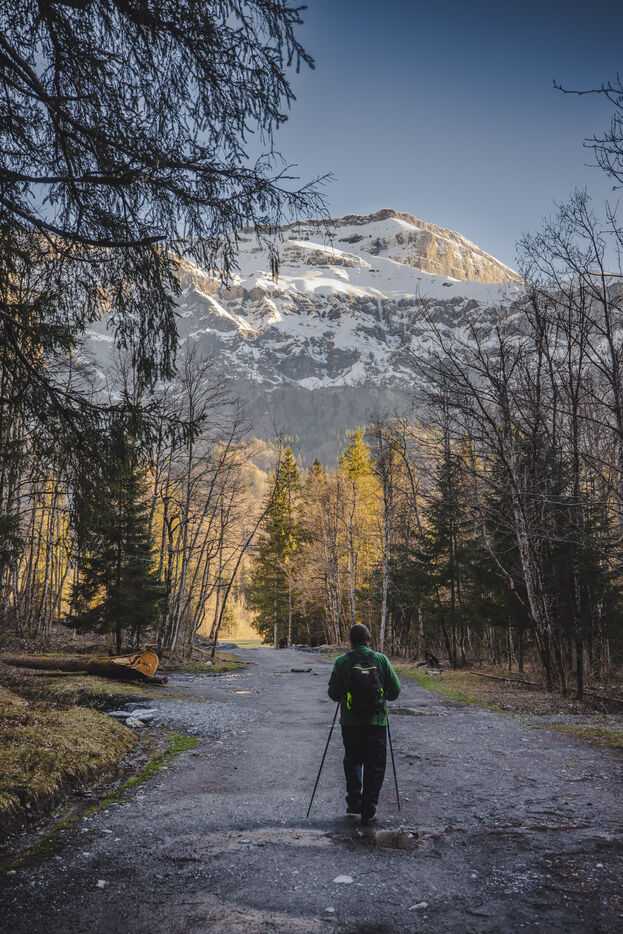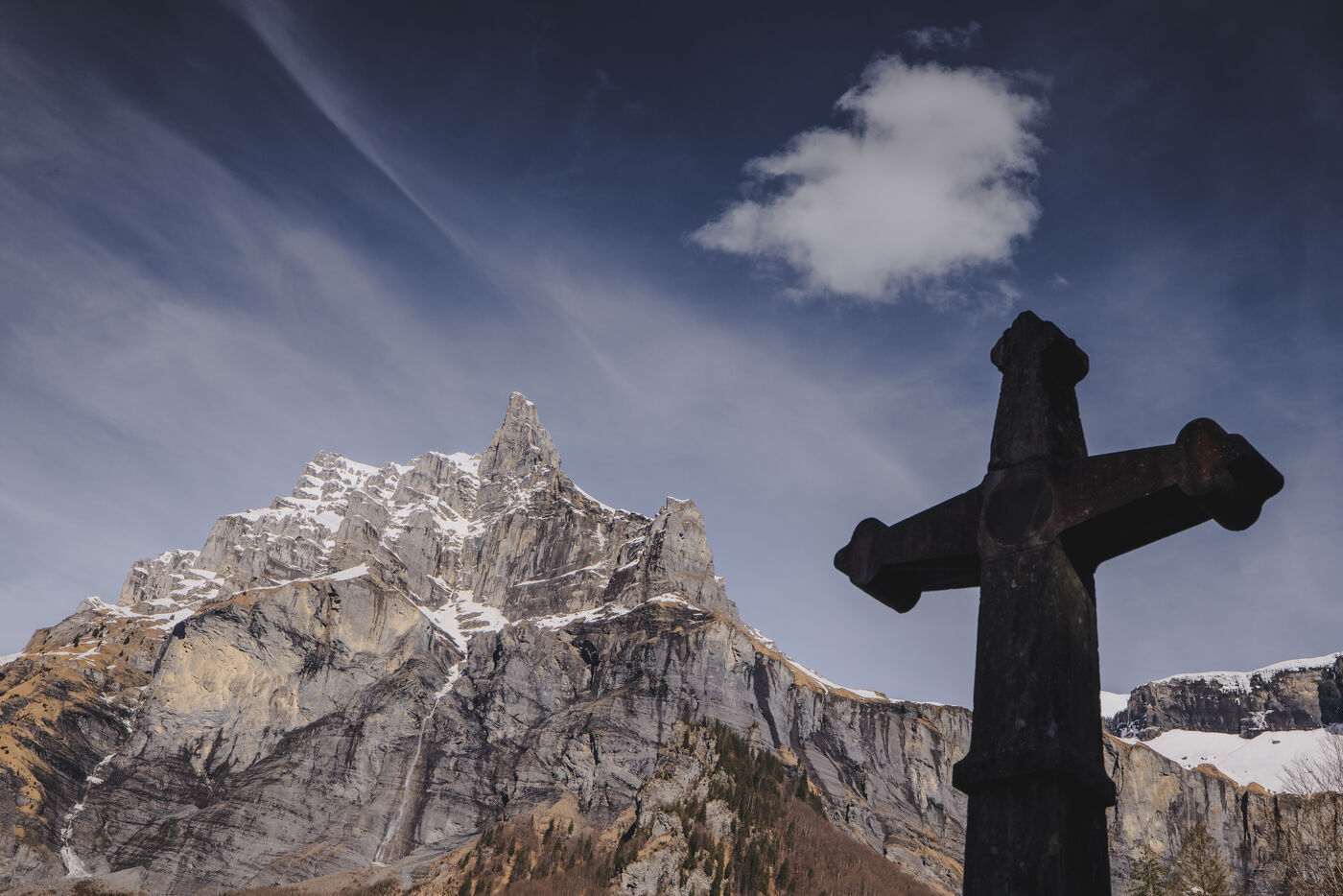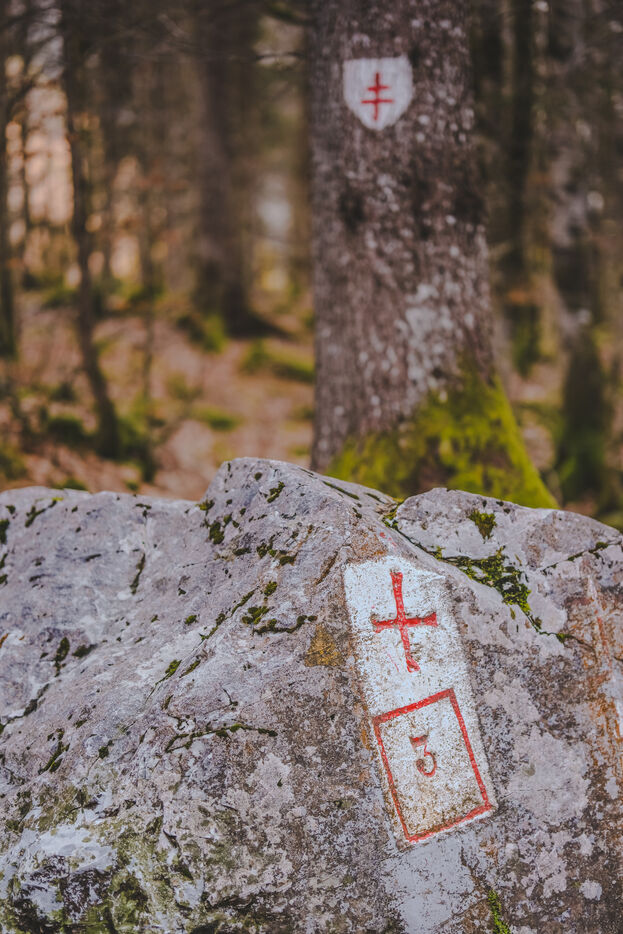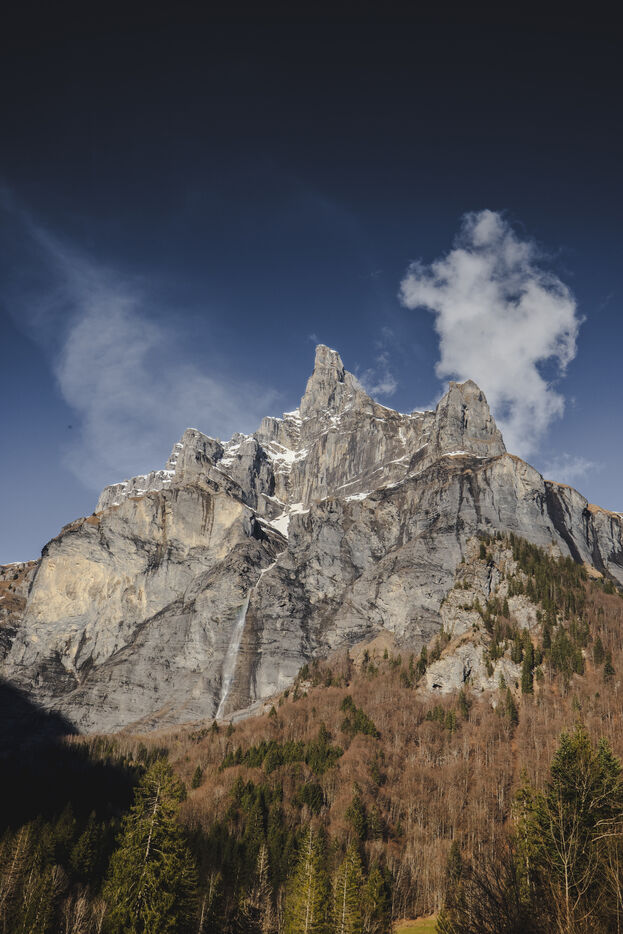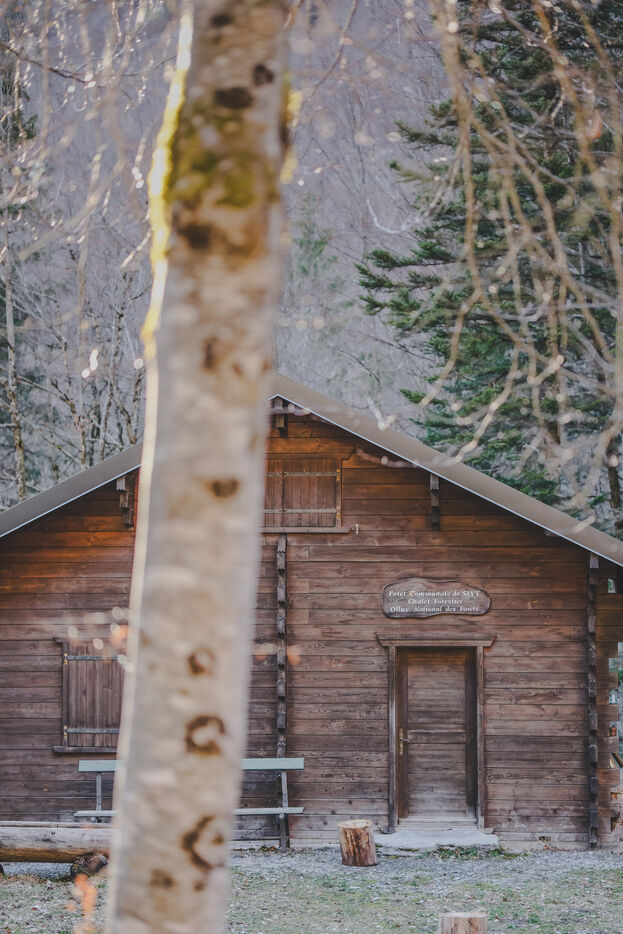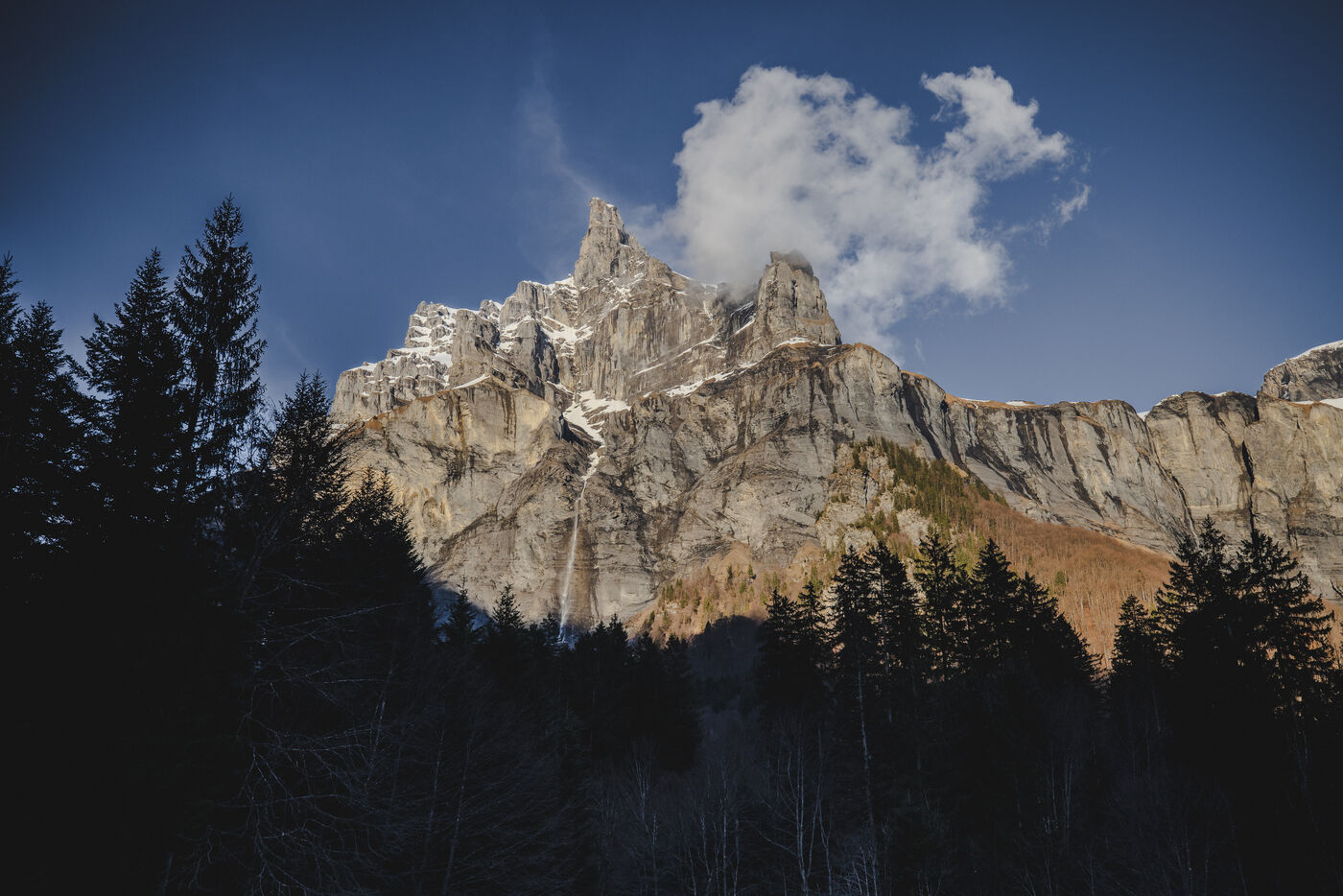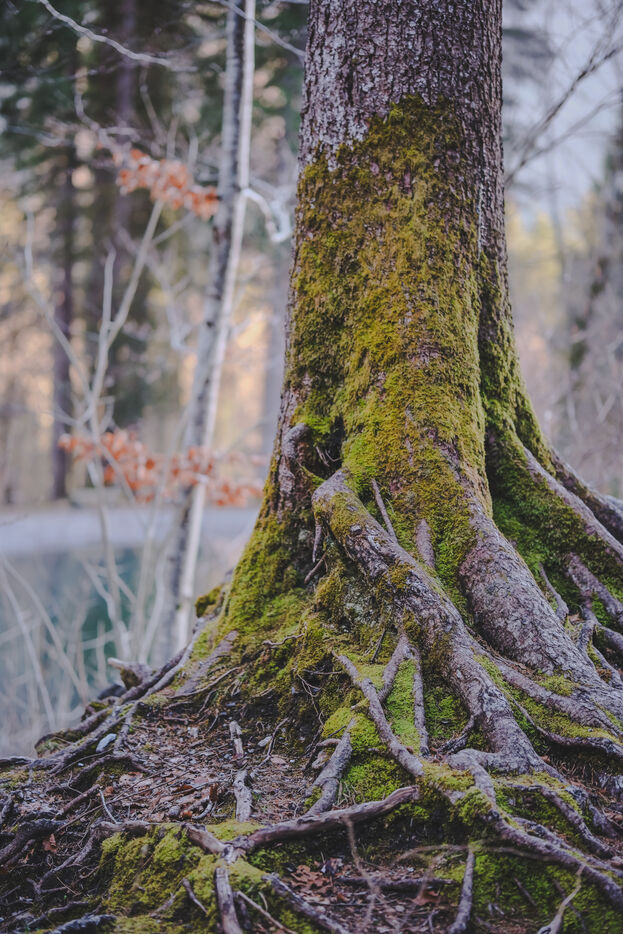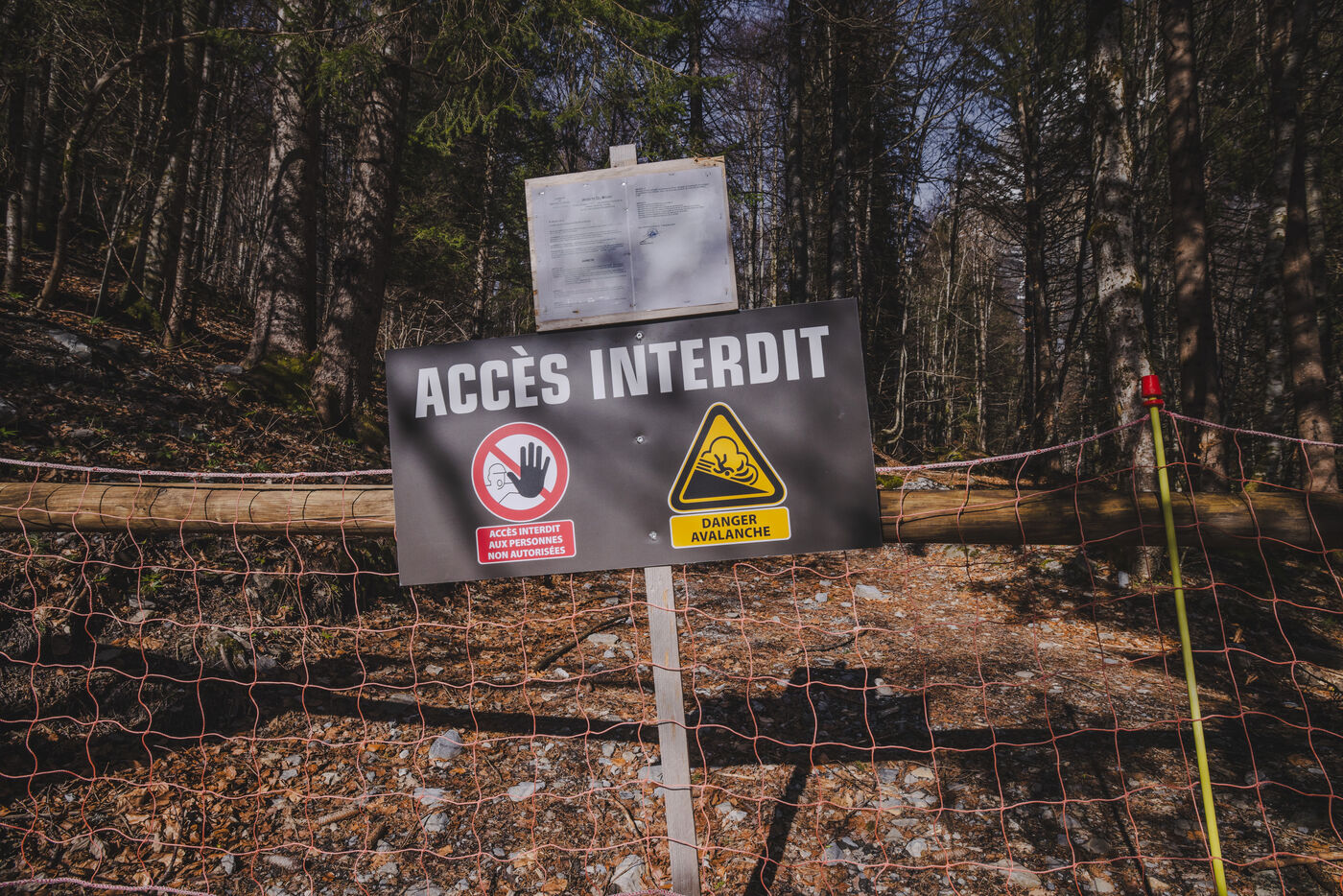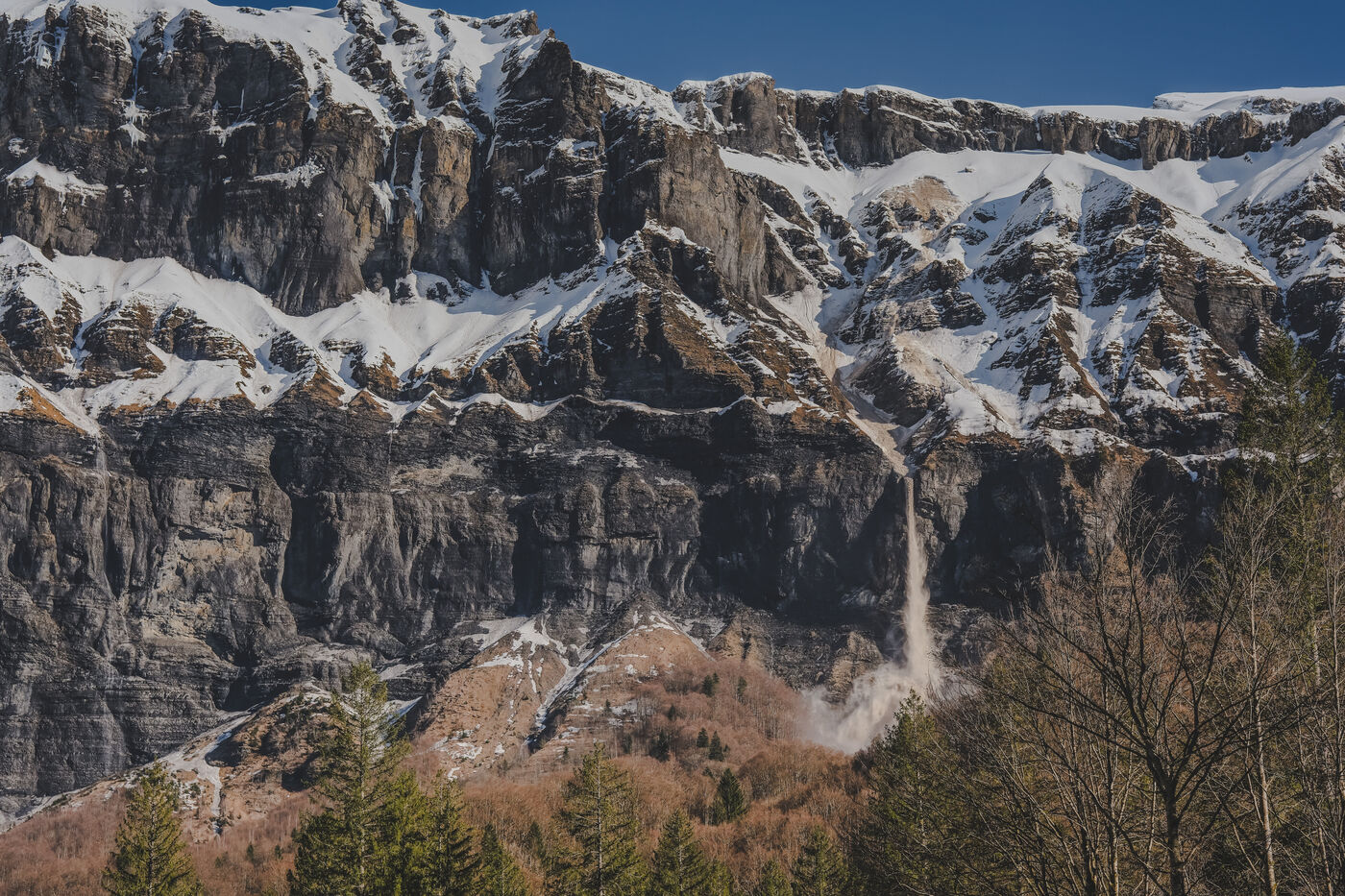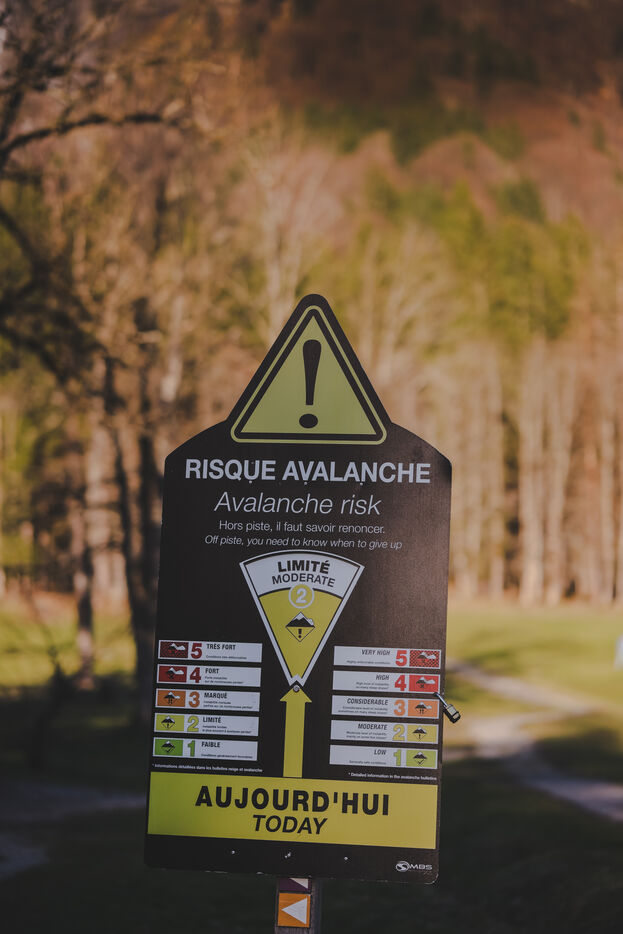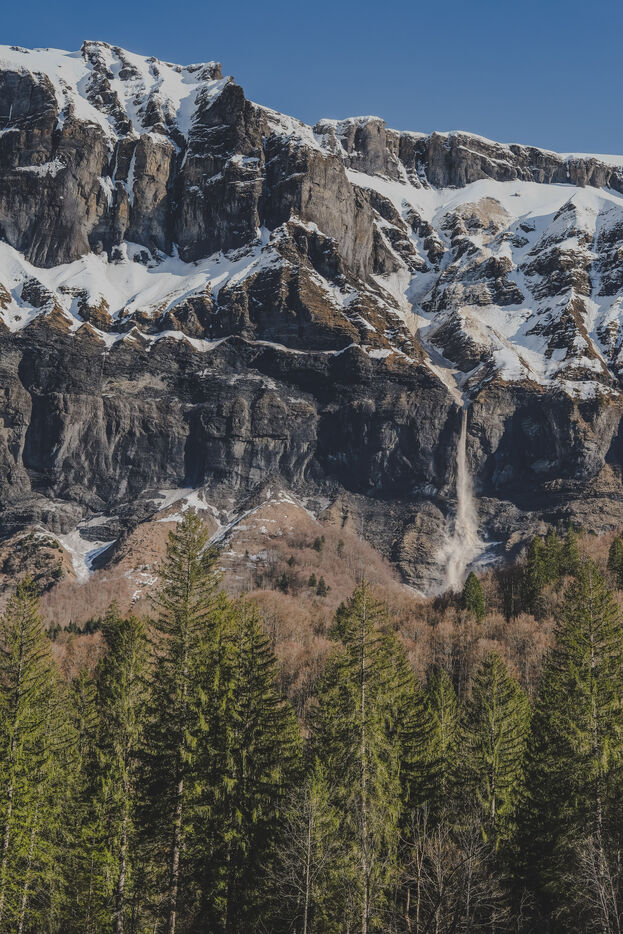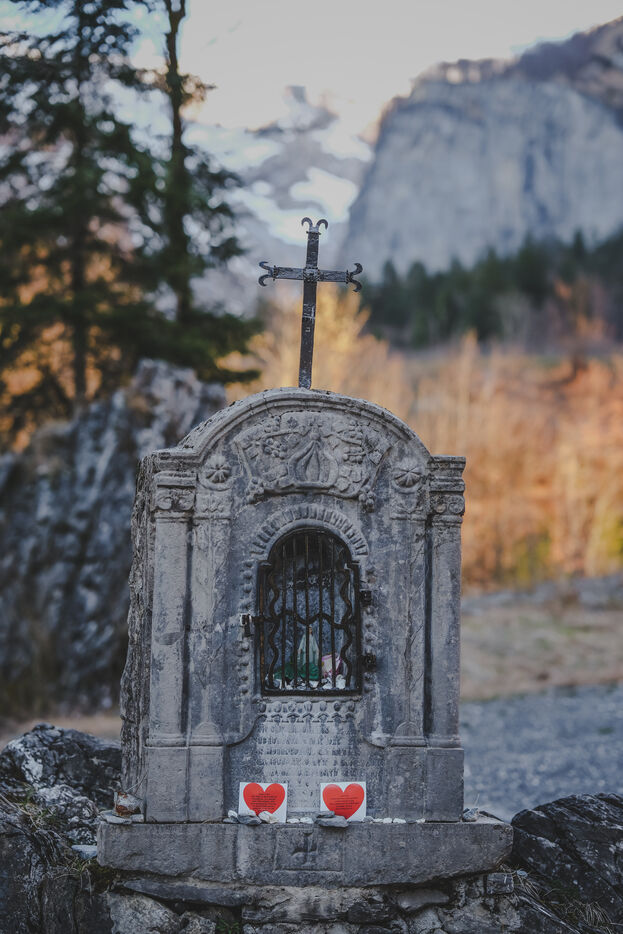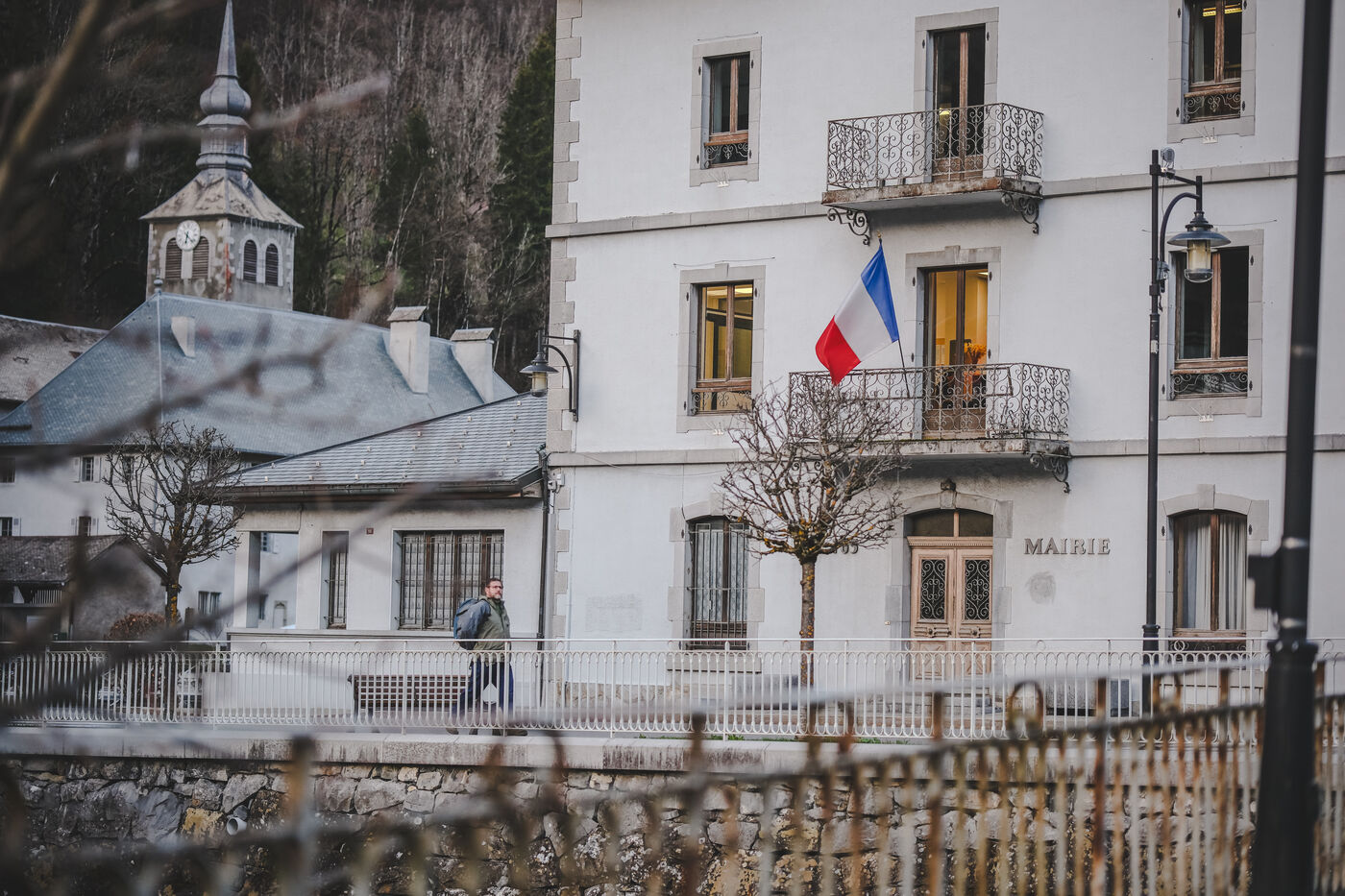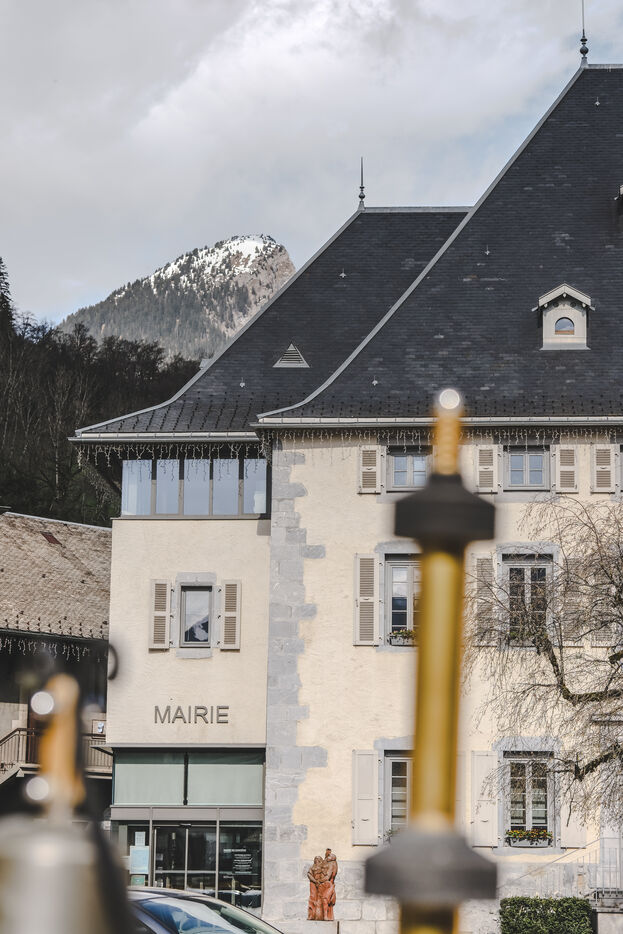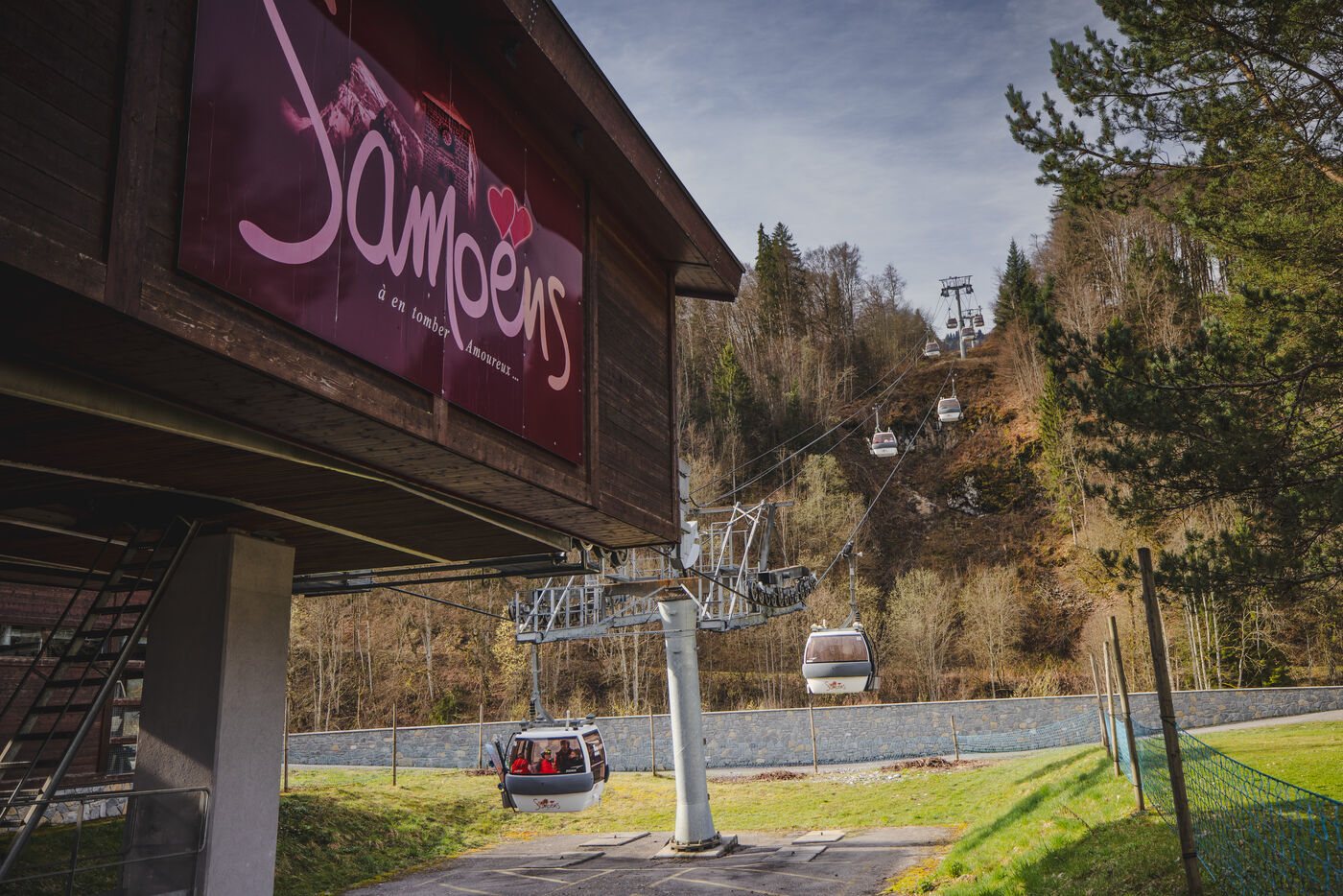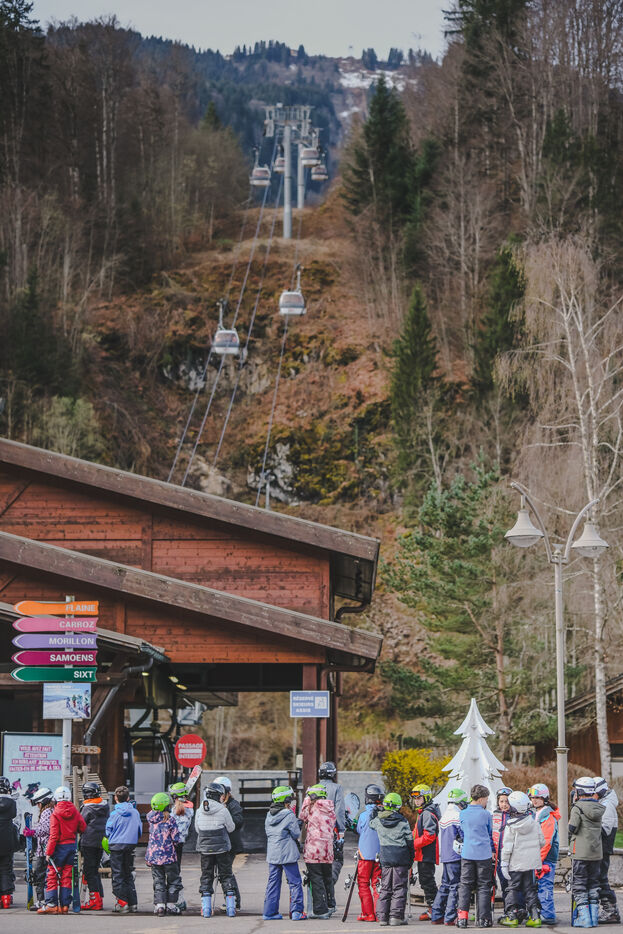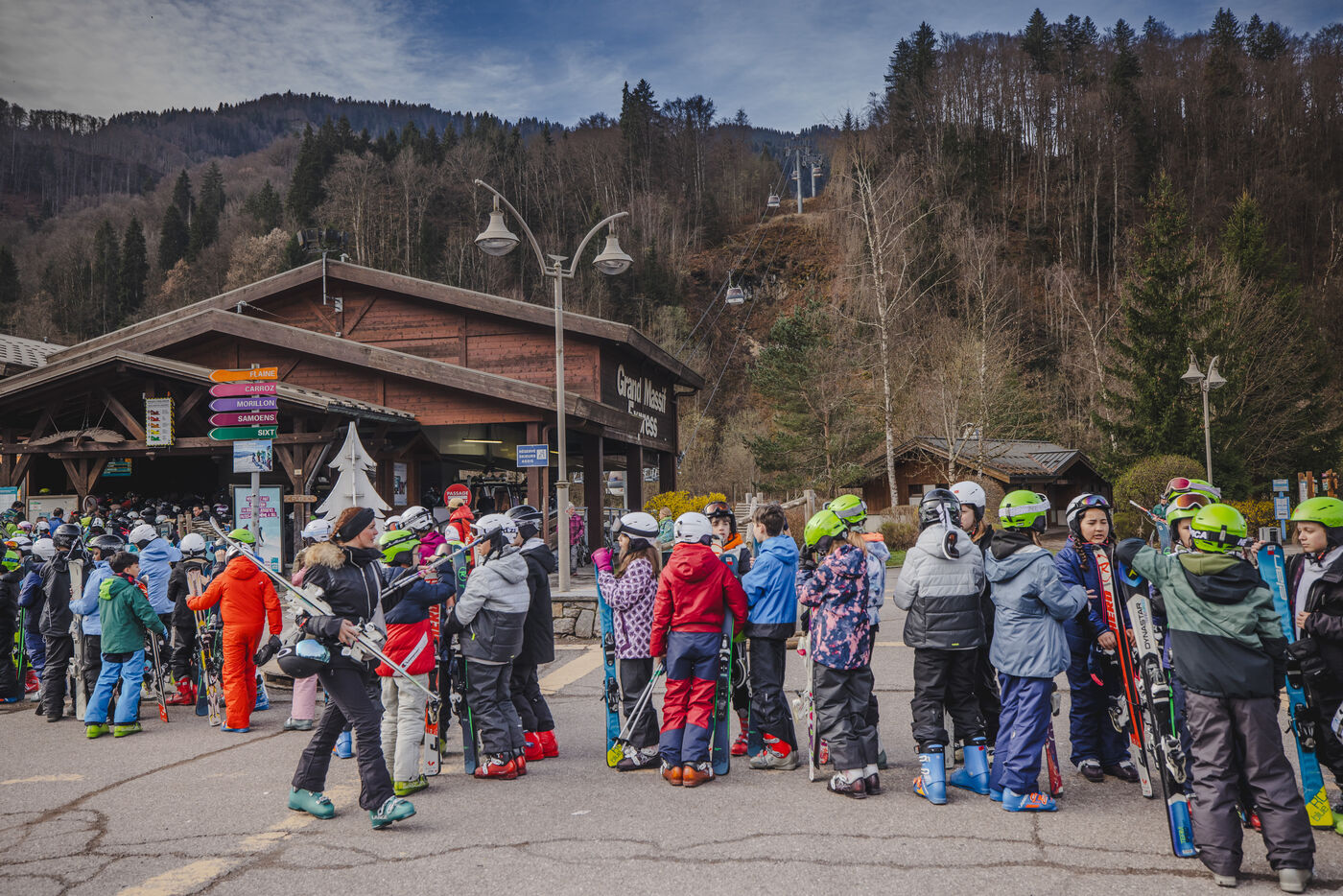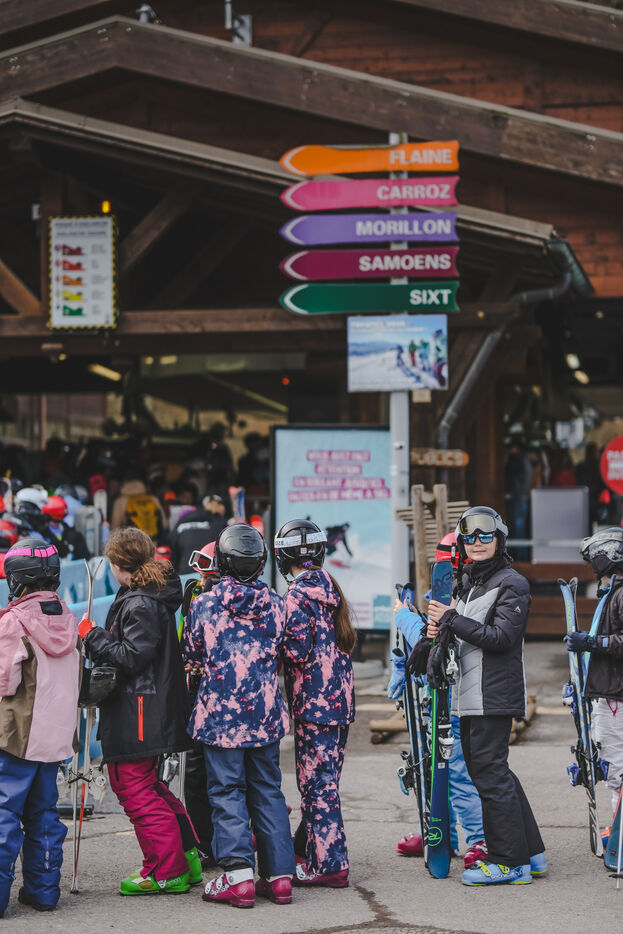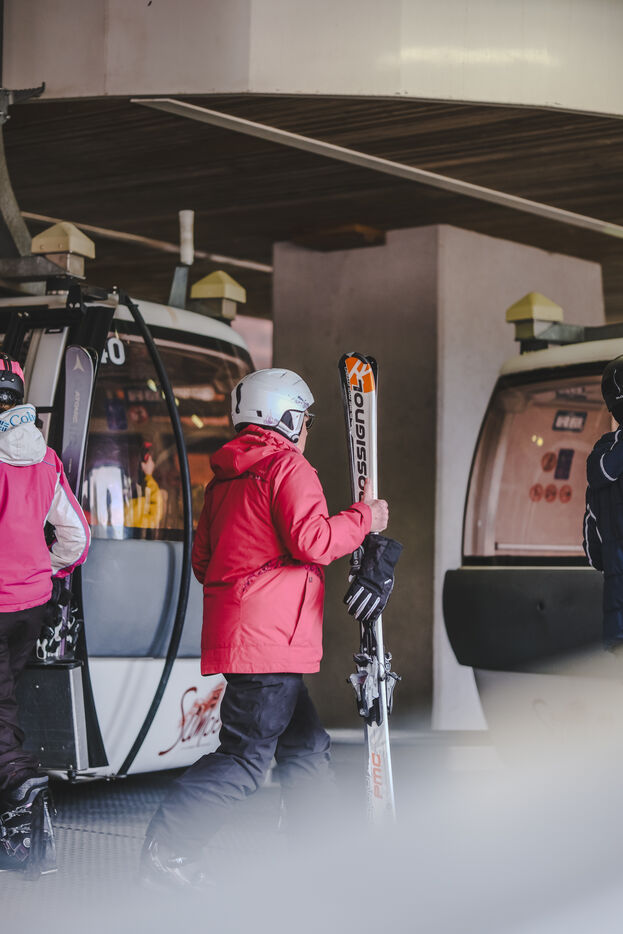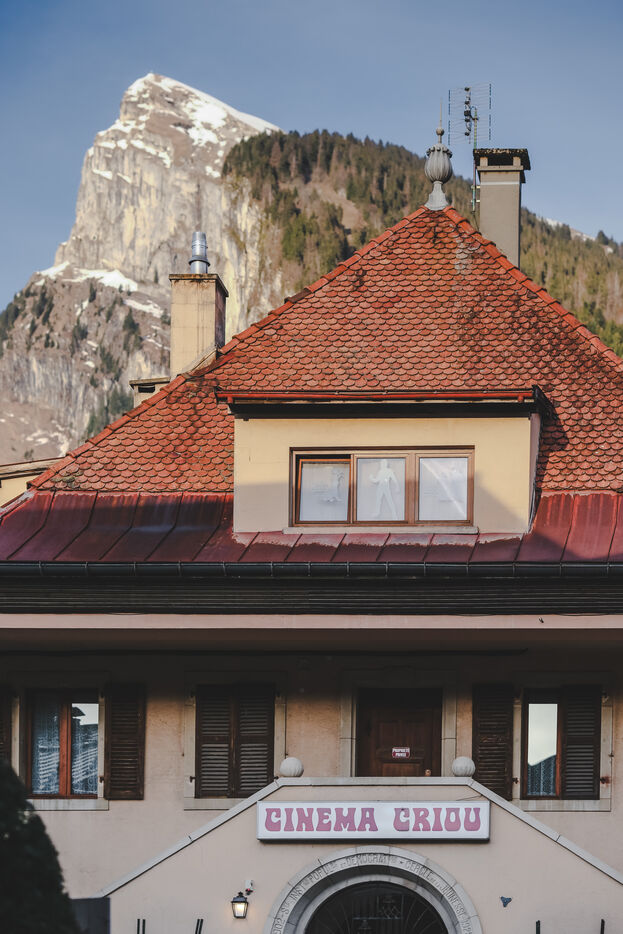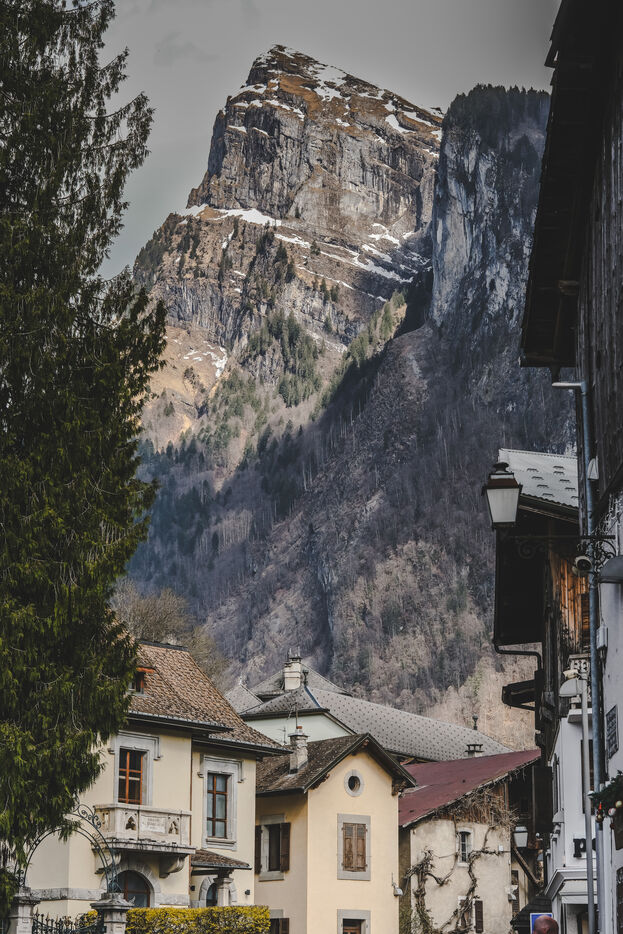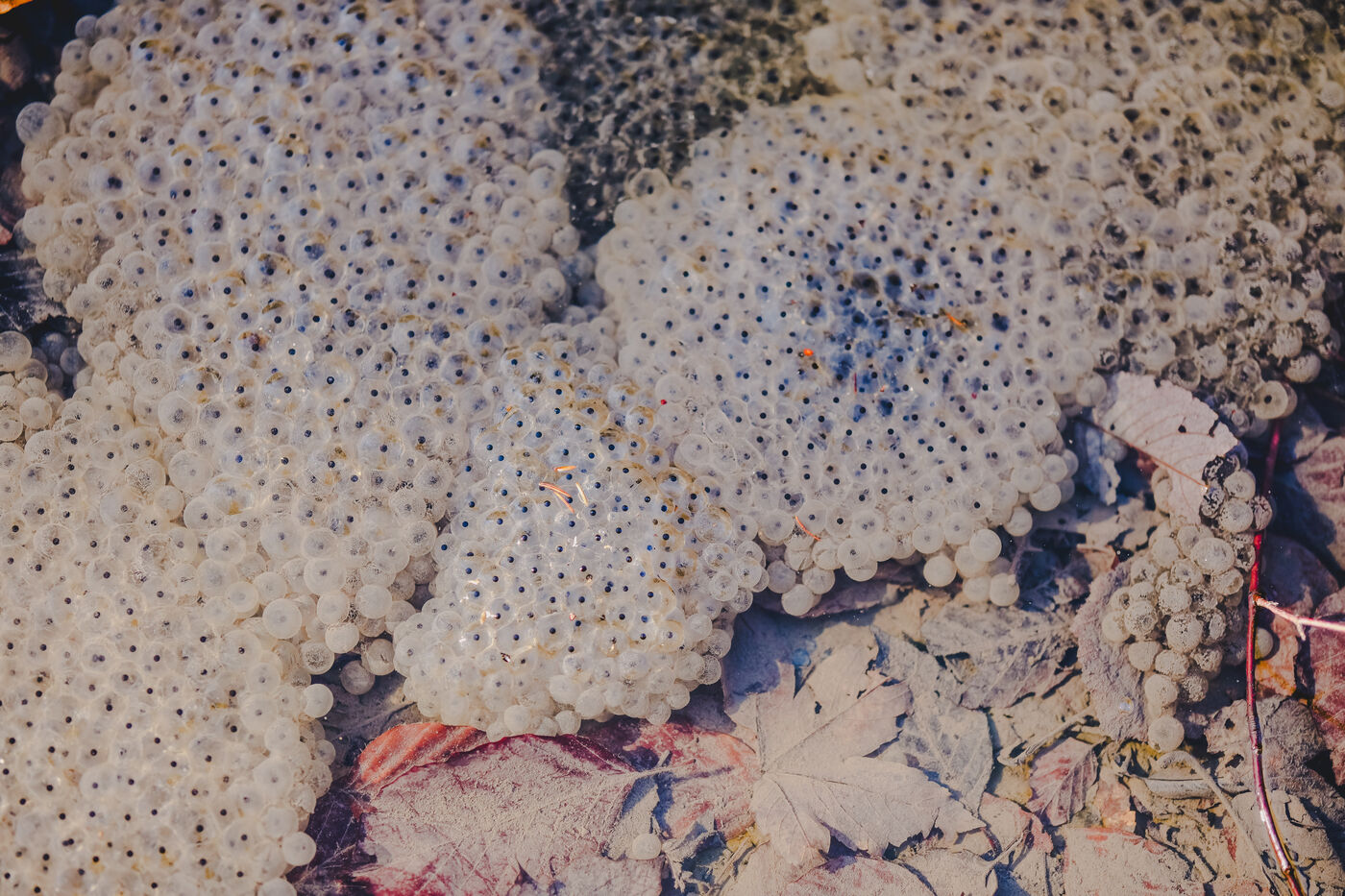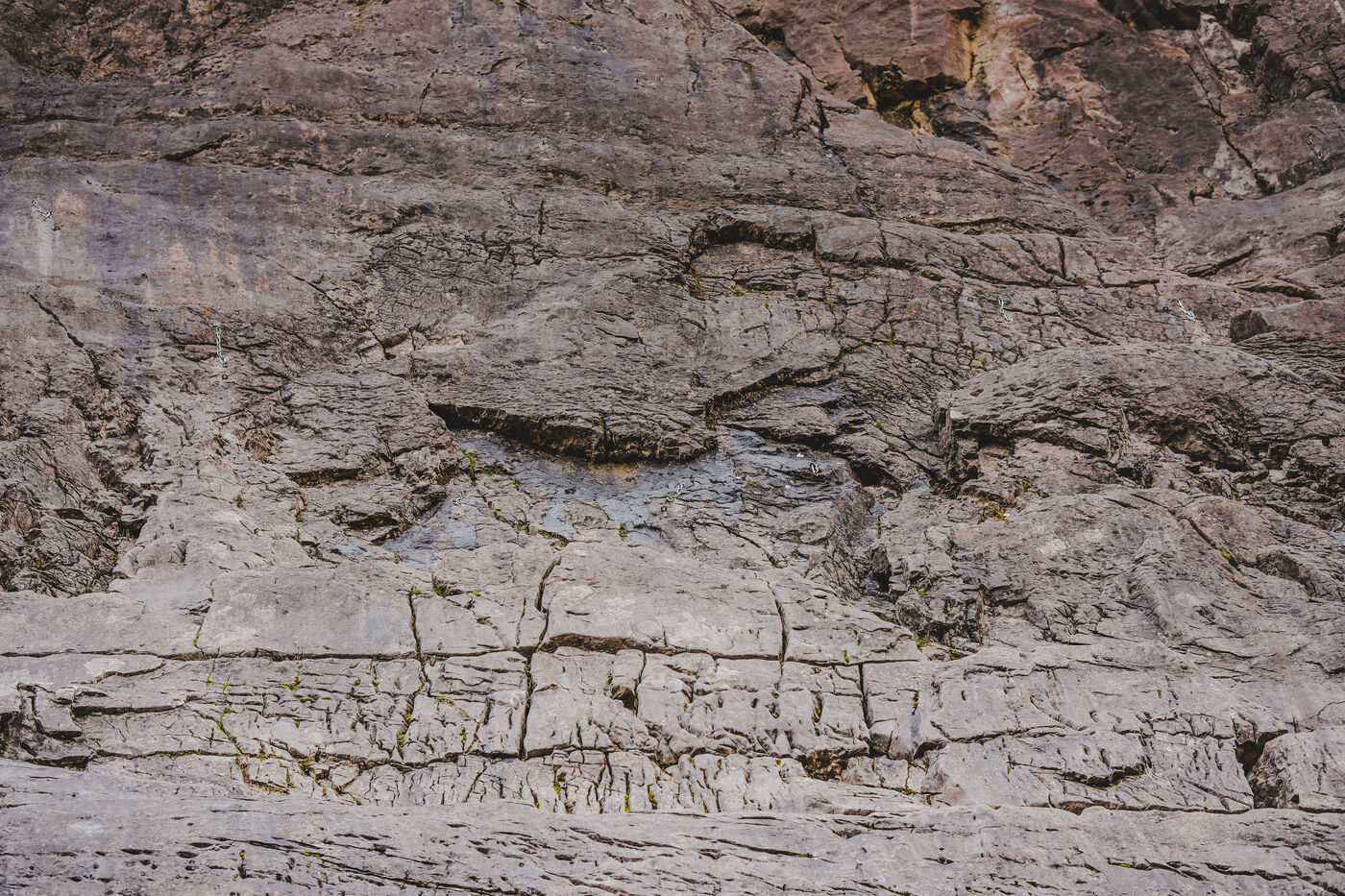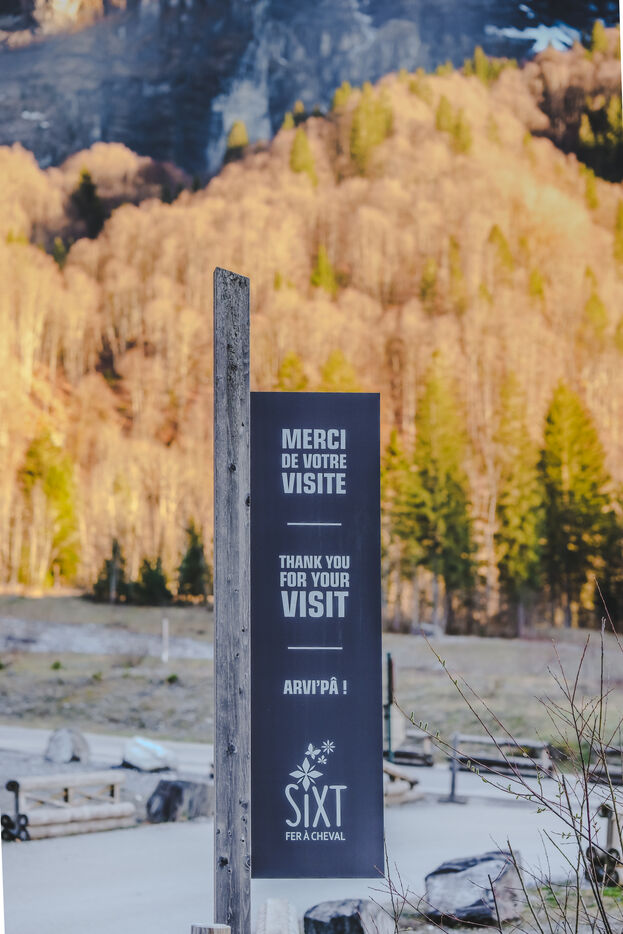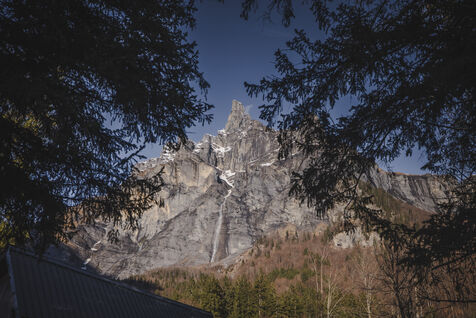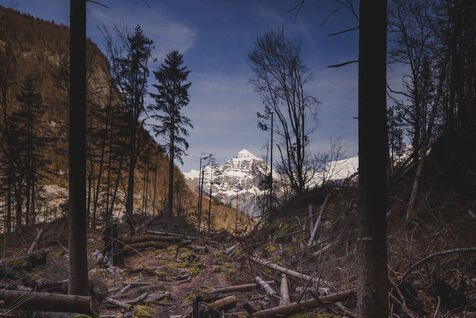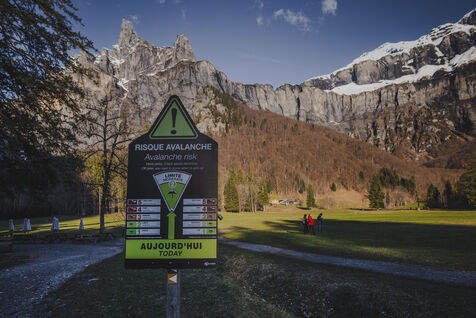HAUT-GIFFRE: LA SAISON HIVERNALE À L'HEURE DU CHANGEMENT CLIMATIQUE
Le changement climatique affecte l'homme et la nature dans les terrains de montagne. En ces vacances d hiver, le Cirque du Fer A Cheval est en partie interdit au public pour risques d'avalanches. Si les risques d'avalanches ont toujours existé en terrains de montagne, ils s'intensifient avec le réchauffement climatique. Au Grand Massif, la neige est de moins en moins présente, et les skieurs doivent aller de plus en plus haut pour en trouver. Les communes du Haut-Giffre comme Samoëns et Sixt-Fer-A-Cheval s'adaptent au changement climatique en proposant de nouvelles activités aux touristes et en protégeant les espaces naturels et la bio-diversité come les batraciens très menancés. Les arbres protègent des éboulements et limitent l'érosion des terrains de montagne. Les coupes de bois demeurent une ressource importante pour les communes de montagne malgré le changement climatique qui favorise les maladies des arbres.
THE UPPER GIFFRE VALLEY: THE WINTER SEASON IN THE ERA OF CLIMATE CHANGE
Climate change is affecting both humans and nature in mountain areas. During these winter holidays, parts of the Cirque du Fer-à-Cheval are closed to the public due to avalanche risks. While avalanche risks have always existed in mountain terrain, they are intensifying with global warming. In the Grand Massif, snow is becoming increasingly scarce, and skiers must go higher and higher to find it. Haut-Giffre municipalities like Samoëns and Sixt-Fer-à-Cheval are adapting to climate change by offering new activities to tourists and protecting natural areas and biodiversity, such as highly threatened amphibians. Trees protect against landslides and limit erosion of mountain terrain. Timber harvesting remains an important resource for mountain communities despite climate change, which promotes tree diseases.
